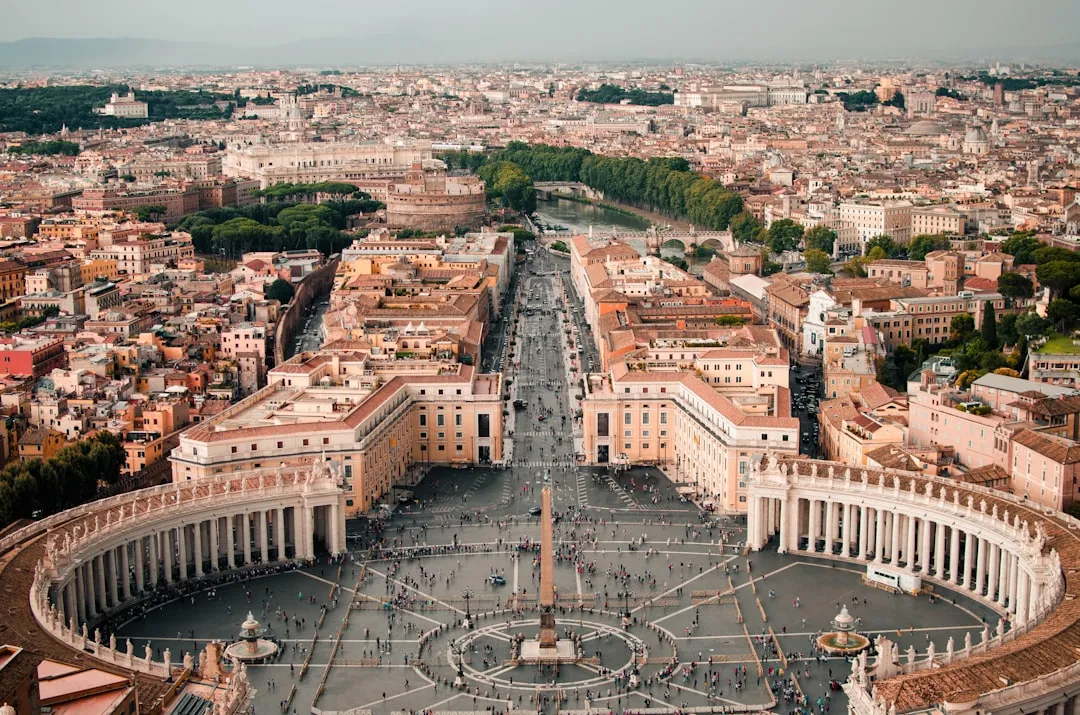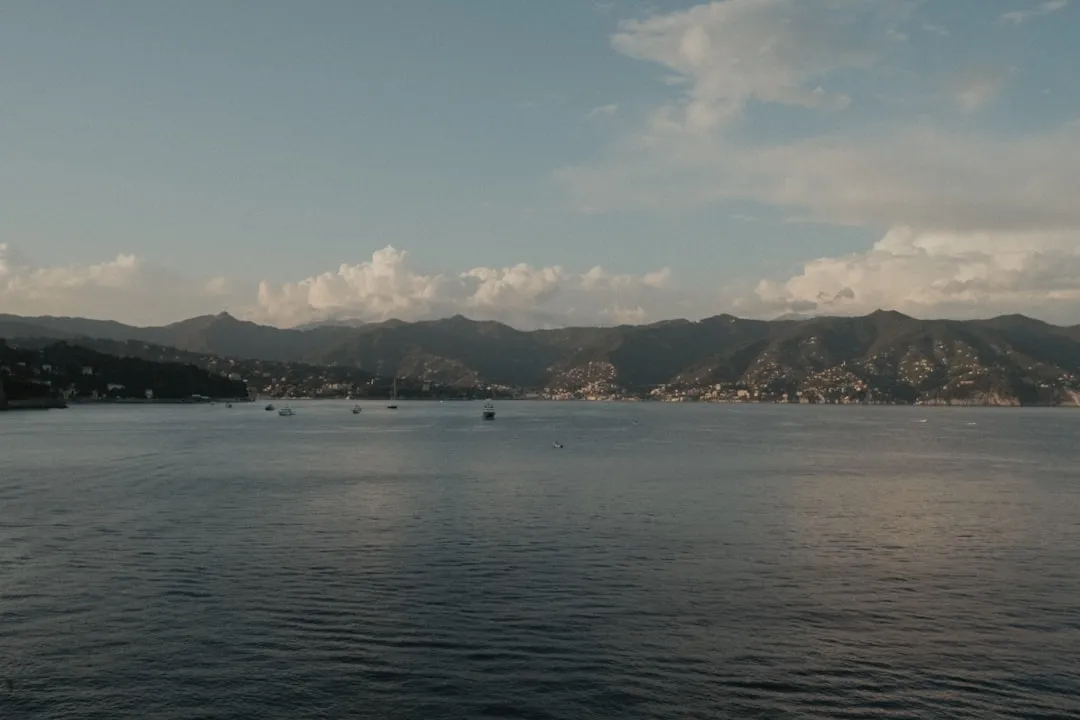Italy is a global hub for art, culture, and education, attracting students from all over the world to experience its rich heritage and renowned academic institutions. As an Italian, I’m proud to present this detailed guide to help you navigate the process of obtaining an Italian Study Visa and making the most of your educational journey in my home country.
1. Overview of the Italian Study Visa
The Italian Study Visa (Visto per Studio) is a type of long-term visa (Type D) for non-EU citizens who plan to study in Italy for more than 90 days. It enables international students to:
- Enroll in Italian universities, academies, or technical schools.
- Participate in exchange programs or internships.
- Attend Italian language courses.
- Gain access to Italy’s high-quality education system.
2. Why Choose the Italian Study Visa?
World-Class Education
Italy boasts prestigious institutions such as the University of Bologna, the Politecnico di Milano, and the Sapienza University of Rome.
Cultural Immersion
Studying in Italy offers a chance to explore its historic landmarks, vibrant cities, and culinary delights.
Gateway to the EU
With a study visa, you can travel within the Schengen Area, allowing you to explore other European countries during your stay.
Affordable Tuition Fees
Compared to other European nations, Italian universities offer competitive tuition fees and scholarships.
3. Requirements for the Italian Study Visa
To apply for a study visa, you’ll need the following:
General Eligibility
- Enrollment in a recognized Italian educational institution.
- Proof of sufficient financial means to support yourself during your stay.
- Valid health insurance.
Documents Required
- Visa Application Form: Fully completed and signed.
- Passport: Valid for at least three months beyond your intended stay, with two blank pages.
- Passport Photos: Two recent photographs meeting visa standards.
- Letter of Acceptance: Confirmation of enrollment from an Italian institution.
- Proof of Accommodation: Rental agreement, dormitory reservation, or host declaration.
- Financial Proof: Bank statements showing sufficient funds (approximately €900/month).
- Health Insurance: Coverage for the duration of your stay (€30,000 minimum).
- Educational Certificates: Transcripts and diplomas from previous studies.
- Language Proficiency: Proof of knowledge of Italian or English, depending on the course language.
- Flight Itinerary: Details of your travel plans.
4. Types of Study Visas
1. University Study Visa
For undergraduate, postgraduate, or doctoral programs.
2. Language Course Visa
For students enrolling in Italian language courses lasting over 90 days.
3. Internship Visa
For non-EU students participating in internships or training programs.
4. Exchange Program Visa
For students attending Italy through Erasmus+ or other exchange programs.
5. Application Process for the Italian Study Visa
Step 1: Receive Acceptance from an Institution
Secure admission to a recognized Italian educational institution.
Step 2: Gather Required Documents
Prepare all necessary documents, ensuring they are translated into Italian if required.
Step 3: Submit Your Application
Schedule an appointment at the nearest Italian consulate or embassy. Submit your application along with the visa fee (approximately €50-80).
Step 4: Attend an Interview
You may be required to explain your study plans, financial situation, and intentions in Italy.
Step 5: Wait for Processing
Visa processing typically takes 2-6 weeks. Once approved, you’ll receive your visa sticker.
Step 6: Apply for Residence Permit
Within 8 days of arrival, apply for a Permesso di Soggiorno (residence permit) at your local post office or immigration office.
6. Tips to Apply for the Italian Study Visa
- Start Early: Begin your application at least 3-4 months before your course starts.
- Double-Check Documents: Ensure all forms are complete and accurate.
- Demonstrate Financial Stability: Provide clear evidence of sufficient funds.
- Practice for the Interview: Be prepared to discuss your study plans and goals.
- Stay Organized: Keep copies of all documents for future reference.
7. Financial Implications
Visa Costs
- Visa Fee: €50-80.
- Residence Permit Fee: Approximately €80-200.
Living Expenses
On average, students need €700-1,000/month for living expenses, including accommodation, food, and transportation.
8. Pros and Cons of Living in Italy with a Study Visa
Pros
- Access to world-class education and research facilities.
- Opportunity to learn Italian and immerse yourself in the culture.
- Travel opportunities within the Schengen Area.
- Pathway to work opportunities and potential long-term residence.
Cons
- Bureaucratic hurdles during the application process.
- High cost of living in major cities like Milan and Rome.
- Limited part-time work opportunities due to language barriers.
9. Best Cities to Live in Italy as a Student
1. Bologna
- Home to the oldest university in Europe, Bologna offers a lively student atmosphere and a rich academic tradition.
2. Milan
- Italy’s economic hub with top universities like the Politecnico di Milano and a vibrant cultural scene.
3. Rome
- The capital city combines historic landmarks with prestigious institutions like Sapienza University.
4. Florence
- Ideal for art and design students, Florence provides a picturesque environment and renowned schools.
5. Turin
- Affordable living costs and strong engineering and technology programs.
6. Padua
- A historic university town known for its excellent education and research opportunities.
7. Trento
- Recognized for high-quality education and its location in the scenic Dolomites.
Conclusion
The Italian Study Visa is your gateway to an enriching educational experience in one of the world’s most captivating countries. By following this guide, you can navigate the application process smoothly and focus on achieving your academic goals while immersing yourself in Italy’s rich cultural tapestry. As an Italian, I’m confident that studying in Italy will be a transformative journey for you.




